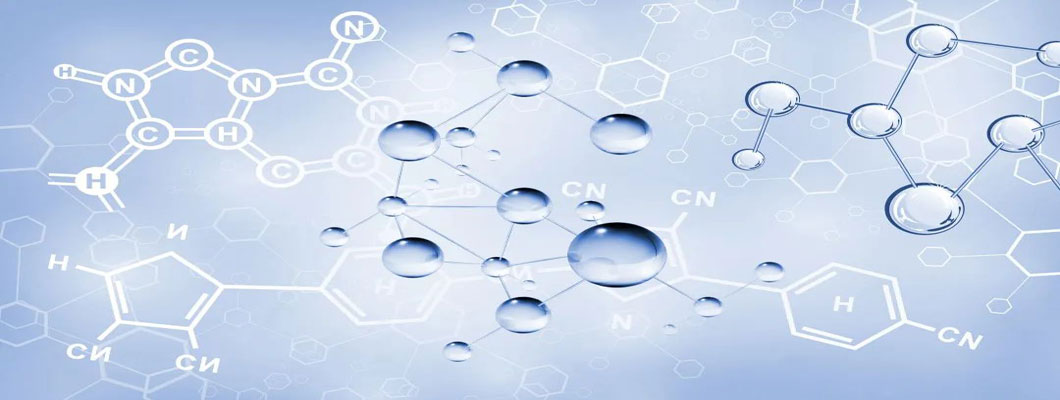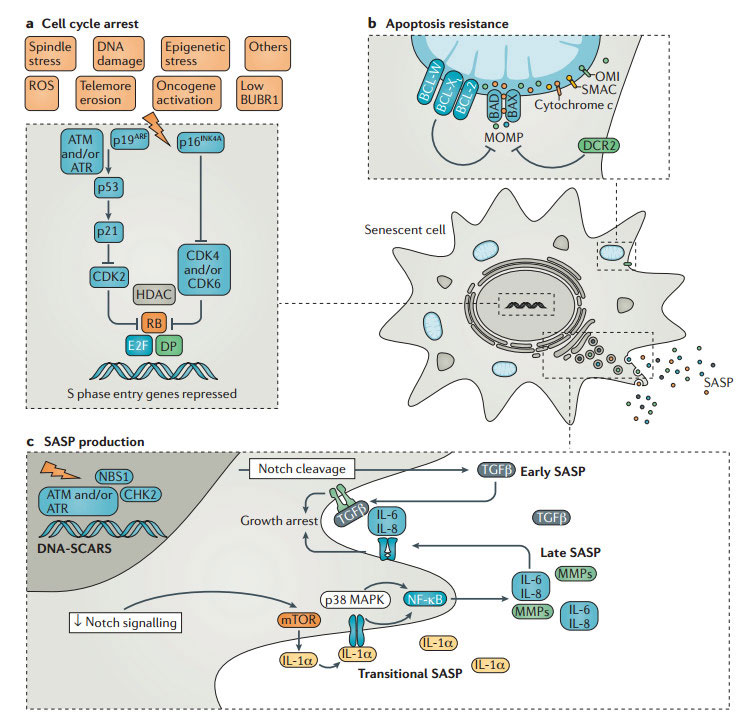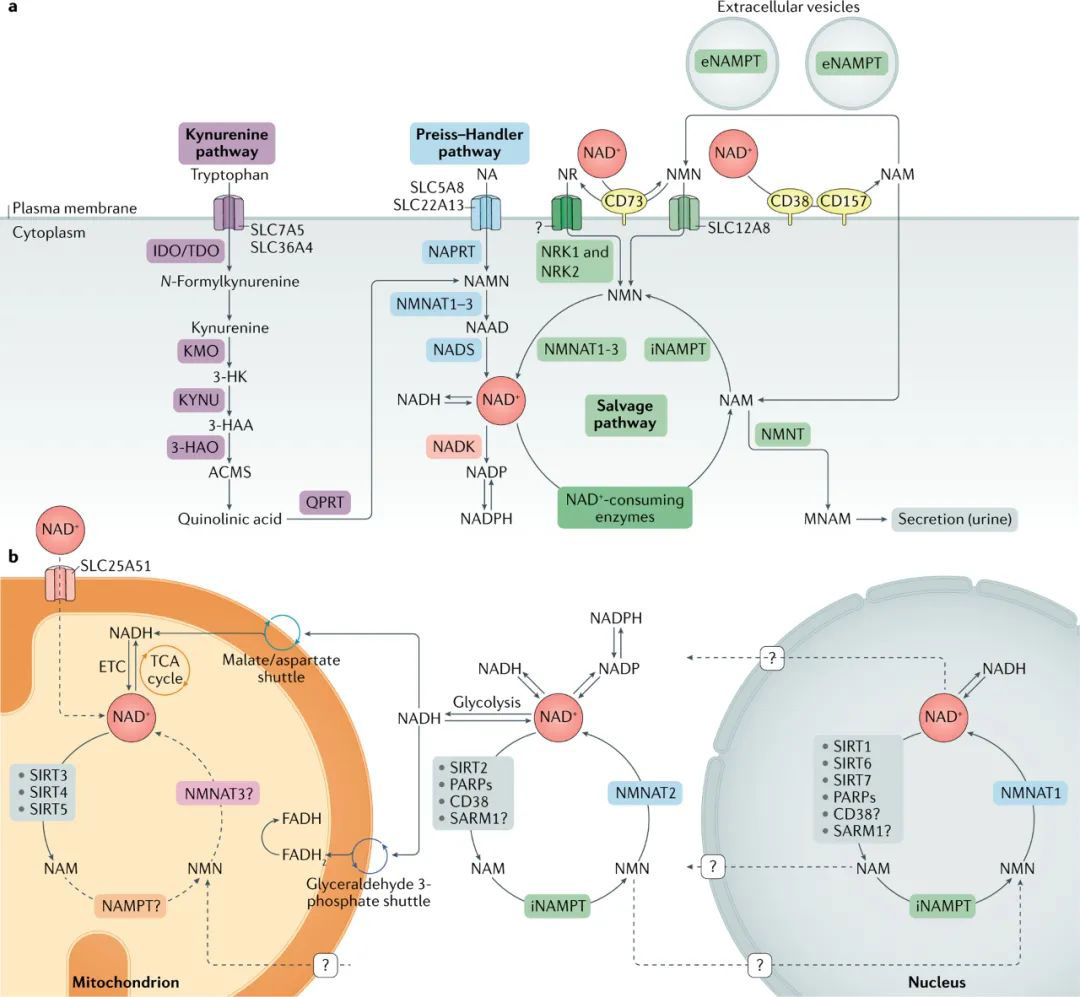
We all know that our entire body is made up of organs, and that organs are made up of cells.However, all changes, such as ageing, begin with a single DNA damage, a redox reaction, a mutation in a gene, the release of a group of inflammatory factors ...... until these changes are relevant to each cell.As the ageing process accelerates, our risk of developing various diseases also increases.
As for the link between the two, one potential explanation lies in the fact that the mechanisms that trigger ageing also trigger ageing-related diseases.
In recent years, the study of biology has led to the realisation that senescent cells play a key role in the ageing process in humans.
Inevitable Ageing And Death: The Discovery Of Senescent Cells
As early as 1881, the renowned evolutionary biologist August Weismann pointed out in his article "The Duration of Life" that humans die because exhausted tissues cannot renew themselves permanently and that there is a limit to the ability of cells to divide.
More than 100 years ago, it was clear that Weismann's view was too far ahead of its time. It took more than 80 years of silence for this assertion to be revisited.
In 1961, Leonard Hayflick confirmed Weismann's assertion. He found that there is indeed a limit to the ability of mammalian cells to divide, refuting the idea that cells are immortal. This phenomenon is also known as the "Hayflick limit".
Both Weismann and Hayflick believe that the cause of tissue ageing is the accumulation of these "undivided cells". It is because of these cells that tissues cannot continue to repair themselves.
But limited by the times, they got only the surface phenomena about these cells right, leaving out much of what they do at the molecular level.And as we continue to learn more about these cells, they have a new name - senescent cells.
A New Concept In Anti-Ageing: Removing Senescent Cells
At the same time, as our research progressed, we came to understand the true nature of these "senescent cells". Not only do they not die and stop dividing normally, they even trigger inflammation and attack healthy cells.
Normally, senescent cells are removed by the body's immune system, rather than directly through apoptosis.However, as we age, the organs in which immune cells differentiate and mature undergo morphological and functional changes that affect the number and activity of immune cells.
As a result, the ability of the immune system to clear decreases with age.
As a consequence, the "old but immortal" cells that have not been removed in time and have accumulated in the body remain in the tissues, secreting factors that affect the surrounding cells, inducing other normal cells to deteriorate, promoting inflammation, inducing mutations in other cells and causing disease and even cancer to develop.
In addition, senescent cells have an important feature: they "stop growing".
As you lose your youth, things like DNA damage, telomere shortening, activation of cancer genes, PTEN deficiency, cessation of DNA replication and unfolded protein reactions can cause cells to make the decision to "stop growing" and then choose to go on strike. This stop is permanent.
Behind the cessation of growth are two signalling pathways: p53-p21-RB, and p16 INK4A-RB, which suspend the cell cycle and stop cells from dividing, so you can wave goodbye to the word youth.

Oral Nmn Can Clear Senescent Cells By Boosting The Immune System
As mentioned earlier, senescent cells are the root cause of all "evils". So it is only natural that raising the number and activity of immune cells and eliminating these senescent cells should be the "top priority" in the fight against ageing.
With this understanding, scientists are gradually trying to tackle the root of the problem. One of these attempts is the oral administration of NMN.
In a leading academic report, a team of researchers at Harvard Medical School has shown that there is a life factor in the body called NAD+, which activates the immune system by activating the SIRT 1 longevity protein in the body.
The production of NAD+ decreases with age or illness. Oral NMN helps to boost NAD+ levels in the body, activating the longevity protein SIRT 1 and repairing damaged immune cells.
Also, NMN can help boost the action of immune T cells.
T cells are the main component of immune cells and have a variety of immune functions, such as producing cytokines, participating in specific immune responses, removing pathogens, senile cells, mutated cells and cancer cells, etc. They are equivalent to punching a small hole in the "enemy", eliminating viruses in the "cradle", removing waste from the body and keeping people young and healthy.

Whether we are dealing with the still expanding COVID-19 or the reality of constant ageing, the role of the immune system cannot be ignored.
Science never ends, and in the future we will continue to explore our knowledge about NMN anti-ageing to provide a deeper understanding of the nature of ageing!

Leave a Comment